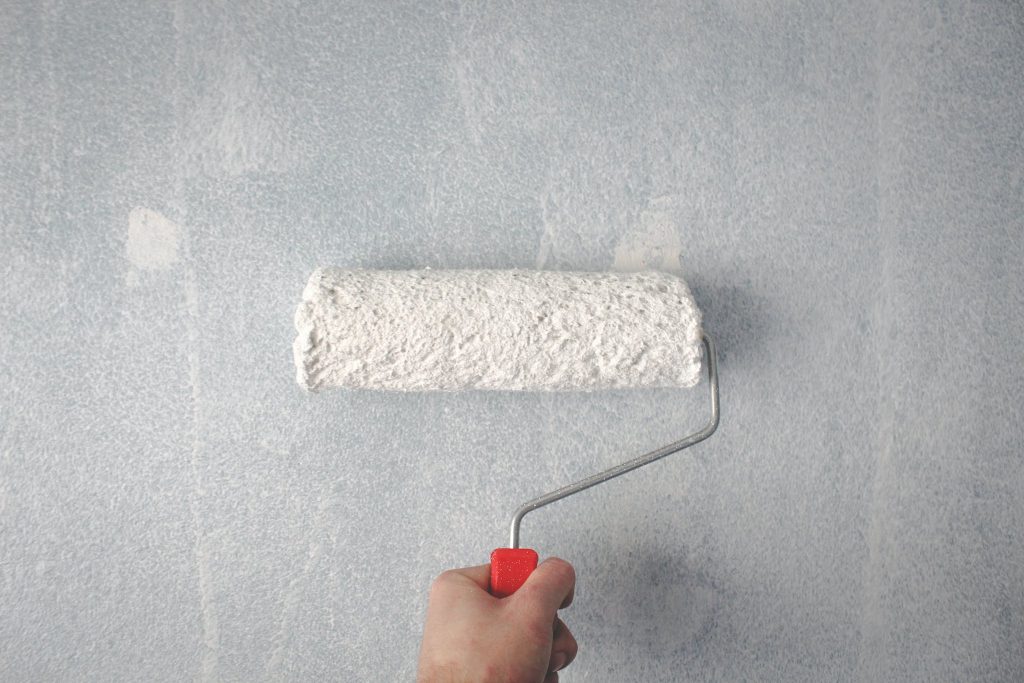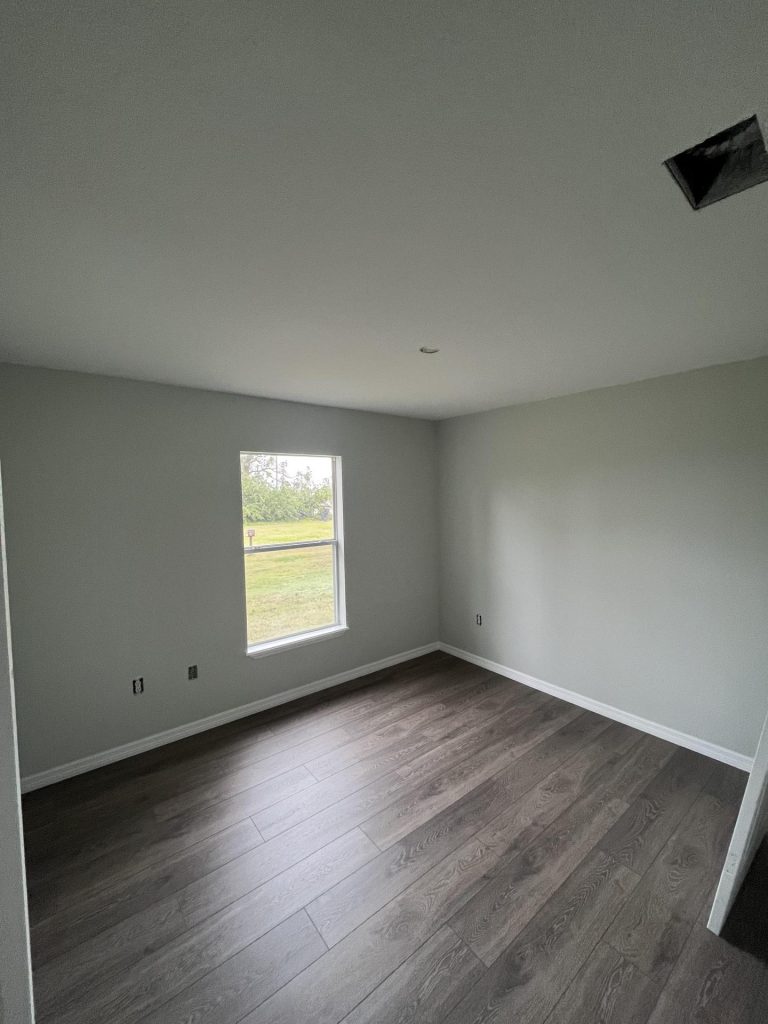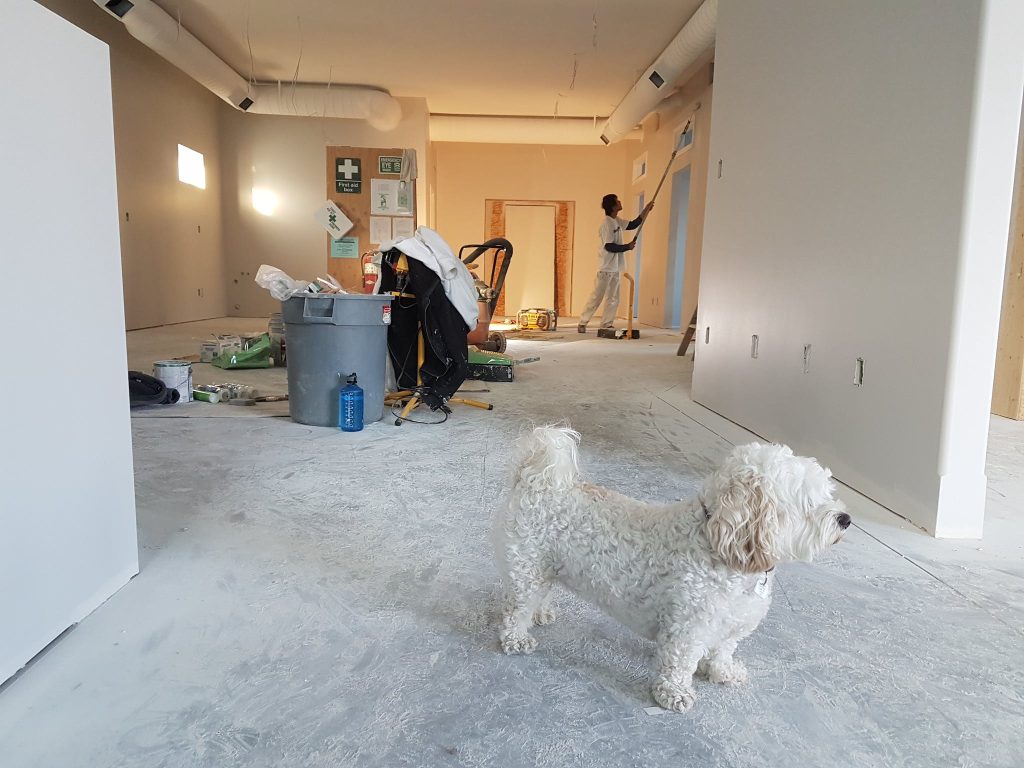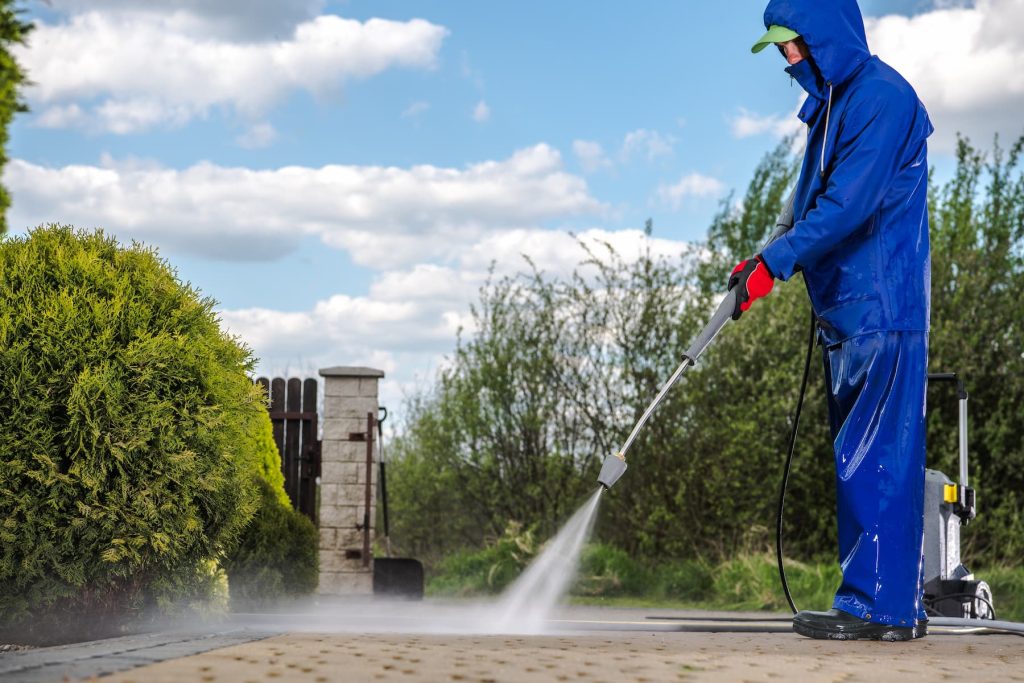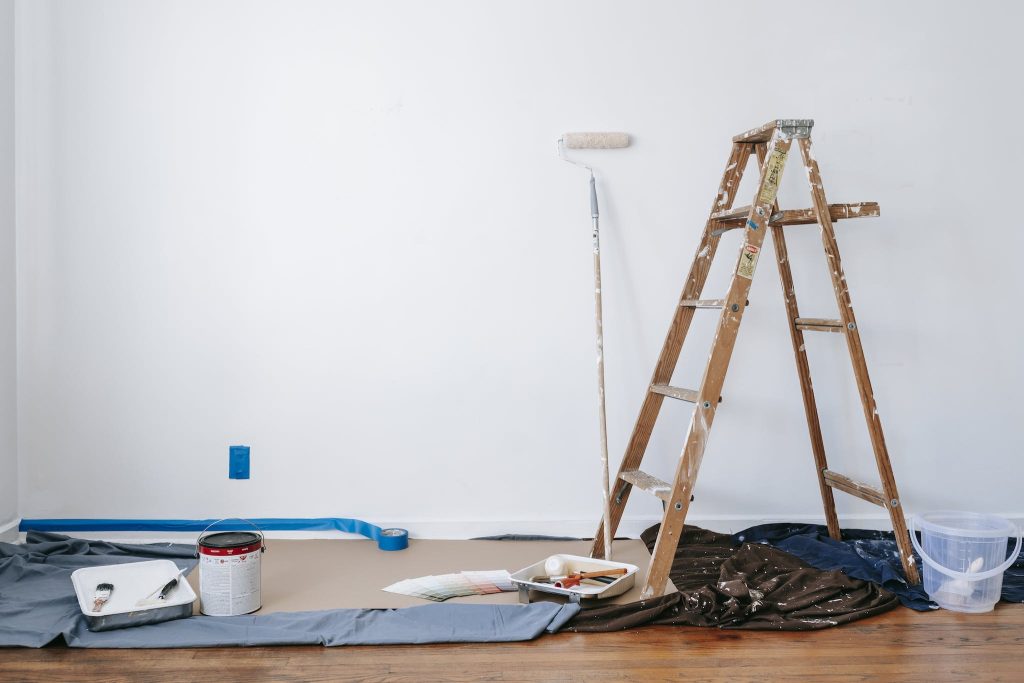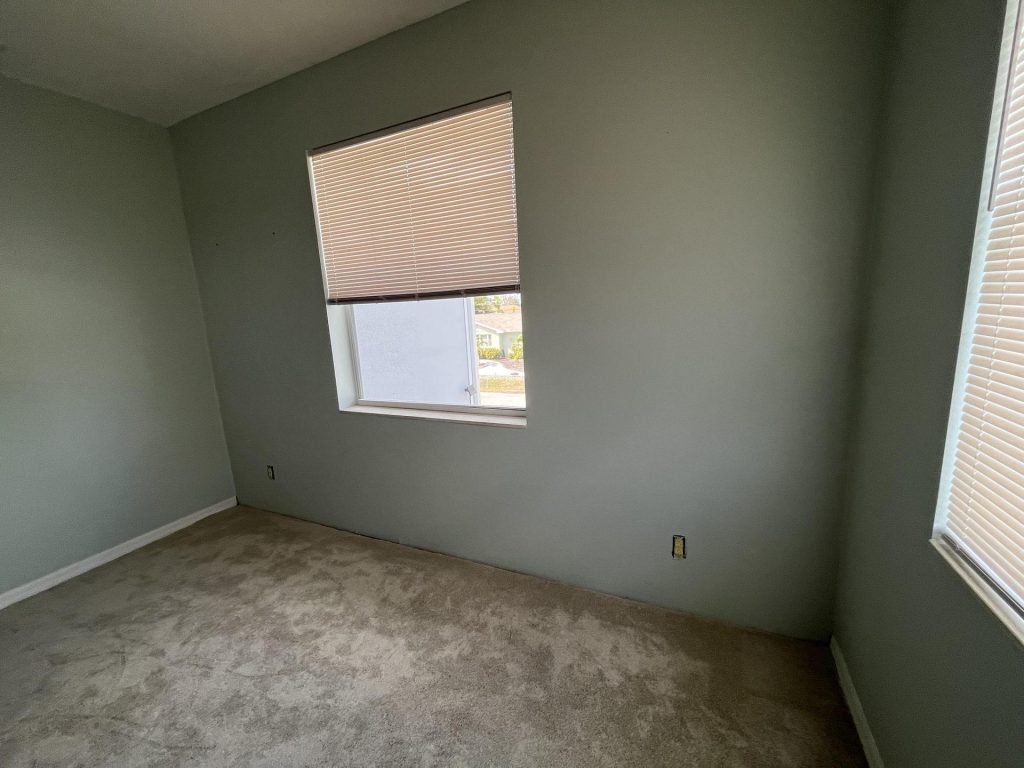
Designing your Florida dream home is an exciting journey, and selecting the right paint colors is a key aspect of bringing your vision to life. Florida’s unique climate, abundant natural beauty, and diverse architectural styles offer an array of possibilities when it comes to choosing paint colors that suit your space. In this article, we’ll explore some expert tips for selecting the perfect paint colors for your Florida home.
1. Embrace Coastal Hues: Given Florida’s stunning coastline, it’s no surprise that coastal color palettes are a popular choice for Florida homes. Soft blues, aqua tones, seafoam greens, and sandy beiges evoke the serenity of the beach and the calming influence of the ocean. These colors are not only visually pleasing but also work exceptionally well with the abundant natural light that Florida offers.
2. Consider Tropical Inspiration: Florida’s lush tropical landscapes can inspire your paint color choices. Vibrant greens, rich earthy tones, and exotic fruit-inspired hues like mango or papaya can infuse your home with a sense of tropical paradise. These colors can be used as accents or for creating focal points in various rooms, bringing the essence of Florida’s exotic flora indoors.
3. Stay Cool with Light Colors: Florida’s warm climate means you’ll want to create a cool and comfortable interior. Light-colored paints, such as whites, pale yellows, and cool grays, can help reflect sunlight and create a breezy atmosphere. These colors can make your living spaces feel more open and spacious, which is especially beneficial in smaller Florida homes or condominiums.
Choosing the perfect paint colors for your Florida home is a delightful part of the design process. By taking inspiration from the coastal surroundings, tropical landscapes, and the need for a cool, comfortable interior, you can transform your space into a Florida dream home that’s both visually appealing and perfectly suited to the state’s unique lifestyle.
Visit our contact page to get our painting services.

